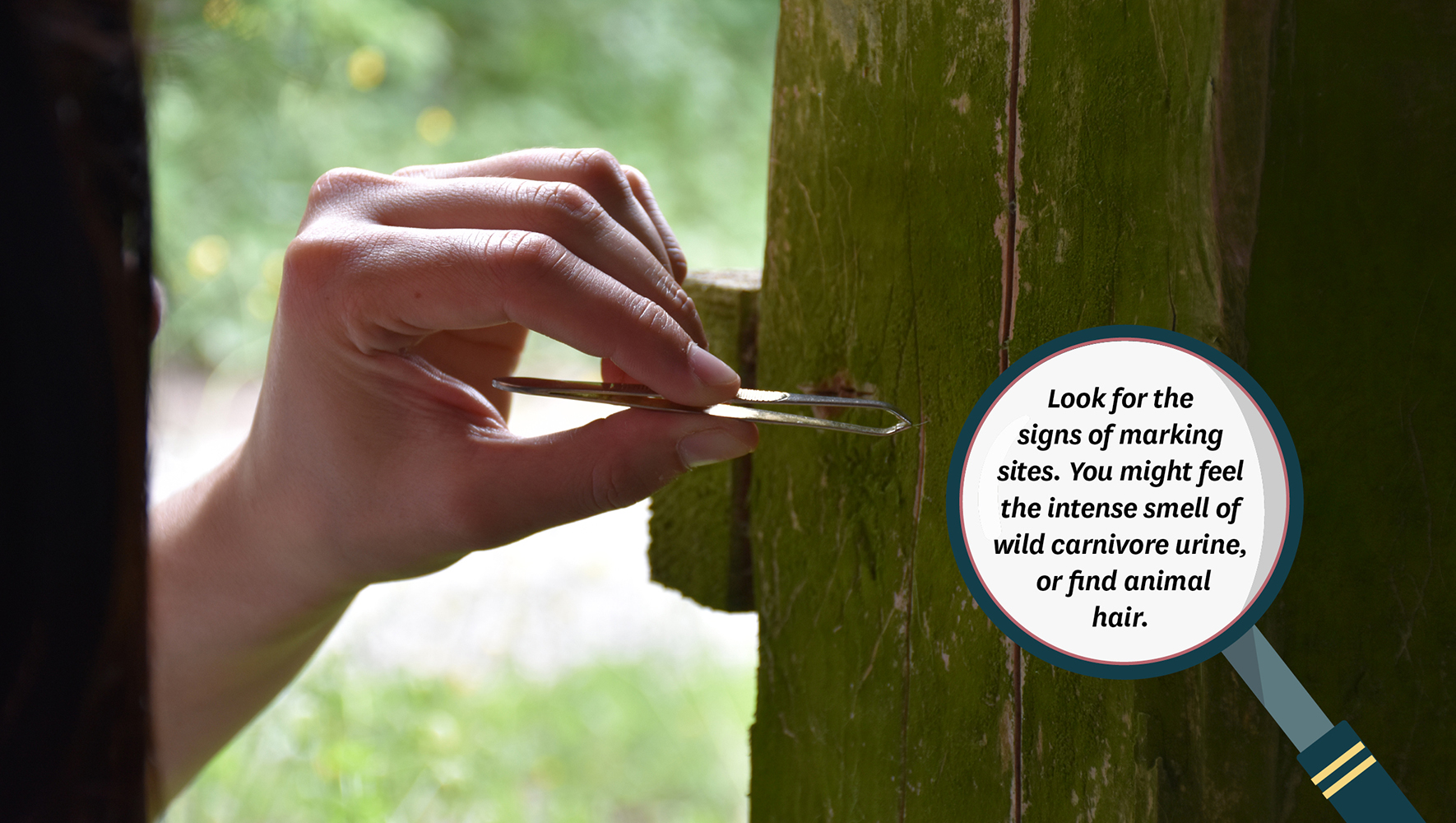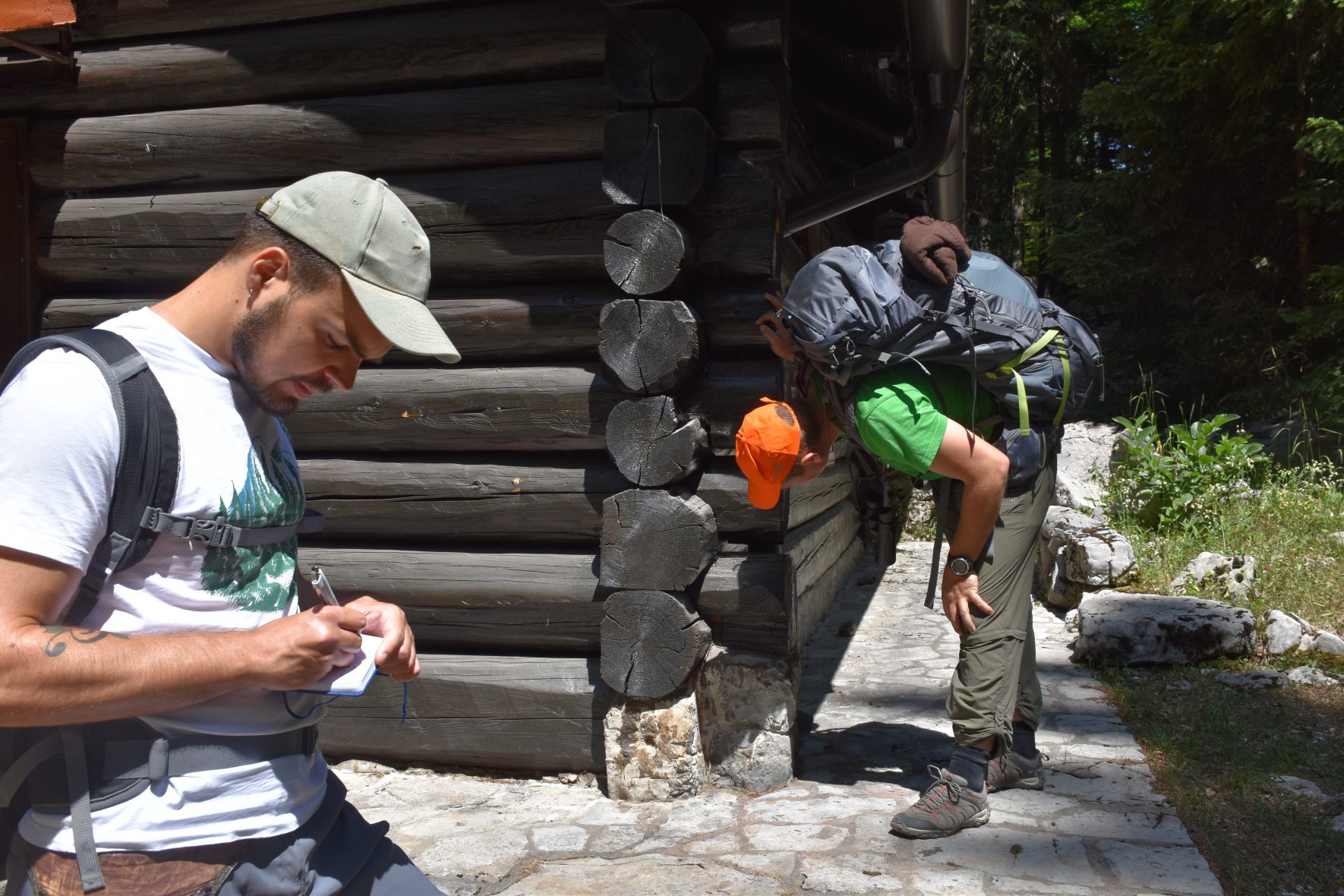While walking in nature, you will probably notice more than one type of carnivore feces, like those from foxes, martens, and grey wolves. Even though it often looks like it was accidentally left behind, it is likely that the place and position were very well planned to send a clear message to other individuals of the same species. Like many other carnivore species, lynx use scent marking to mark their territory.

Each male defends his territory against other males, and each female defends her territory against other females. Males have bigger territories that overlap with those of females, and territory size varies from 50 km2 to 450 km2.
Scent marking in lynx serves to mark territory and advertise for mates. Typical scent marking by males and females begins with sniffing, followed by cheek, chin, head, and neck rubbing, and finishes with urine spraying. Male lynx are more frequent visitors to scent-marking sites, and also scent mark more frequently than females. Research in Slovenia showed that lynx will select marking objects that are expected to better retain smell, like juvenile conifers, and will avoid sloping rocks, as these are more exposed to precipitation. They also select objects of similar size to themselves and objects on straight road sections, mostly marking sides parallel to their travel routes and vertical rocks covered with moss. The intensity of marking increases as the mating season approaches in early spring and marking locations are concentrated on the borders of neighboring territories.
Human infrastructure such as forest roads, abandoned barns, shelters, or similar objects is also very often used as marking sites. Traces of scratching can be seen – these are also used as a message.
INTERESTING: We have prepared a special guideline for collecting feces, urine or hair samples for genetic analysis. Click here to check it.
